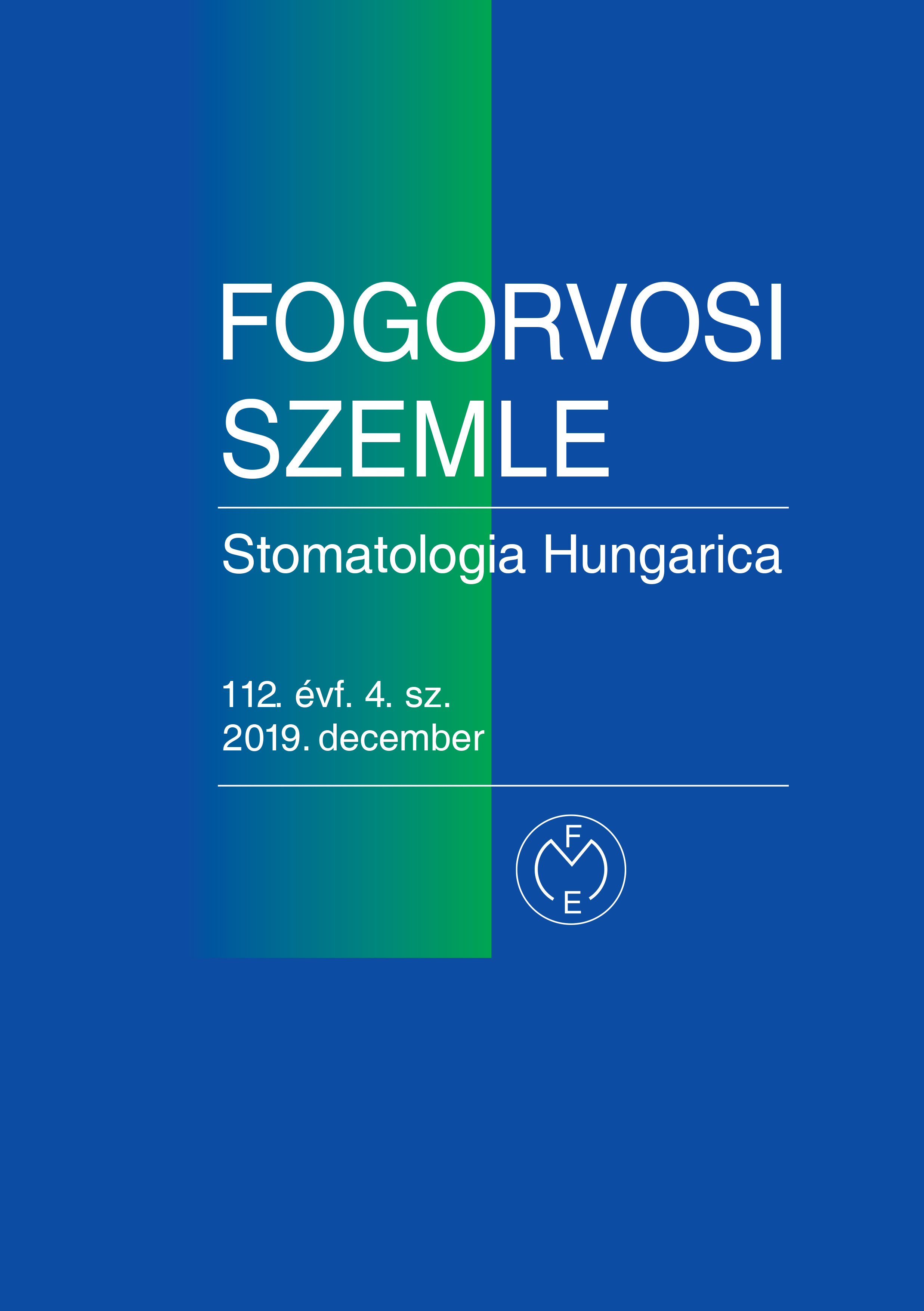The case presentation of a phenytoin related gingival fibromatosis and the review of the related literature
Abstract
The objective of this case presentation is to present a case of a phenytoin associated gingival fibromatosis in a 14 years
old girl and the results of its comprehensive periodontal-orthodontic therapy. An attempt was also made to summarize
the literature background of the clinical features and mechanism of drug induced gingival overgrowth.
The gingival overgrowth is a common side effect, following the long term administration of anticonvulsant drugs, calcium
channel blockers, and immunosuppressant drugs (phenytoin, nifedipine, and cyclosporine) to control epilepsy, hypertension,
and organ transplant rejection respectively. The pathogenic mechanism has been intensively studied by numerous
authors but it is still not totally understood. It is common in the pharmacological action of the three chemically totally
different molecules that they suppress the cation channels (Na+, Ca++) in in the fibroblasts that control the active folic
acid uptakes. The folic acid has a key role in controlling the MMP enzymes expression by the gingival fibroblast. Nevertheless
alteration in the expression of different pro and anti-inflammatory cytokines have also been documented. Those
molecules also have a direct stimulatory effect on the gingival fibroblast to synthesize excessive amount of collagen.
In the presented case our patient had severe postnatal complications and at the age of three developed epilepsy
(grand mal) that was difficult to control and finally at the age of 8 neurologist decided to administer phenytoin. The patient
showed up at the Periodontal Department of Semmelweis University at the age of 14 complaining of severe gingival
enlargement, speech difficulties and complicated tooth eruption. After initial motivation a series of external and internal
bevel gingivectomy as well as apically repositioned flap surgeries were performed to remove the fibrotic gum, to assist
permanent tooth eruption and re-establish the normal morphology of the gingiva. Originally patient had an Angle Class
II malocclusion but due to the fibrotic gingiva the normal tooth eruption was also severely hampered. The orthodontic
therapy was provided by the Department of Pediatric Dentistry and Orthodontics of Semmelweis University. The Angle
class two malocclusion and the buccal position of the upper front teeth were corrected with bimaxillary fixed orthodontic
appliances and after another three years the than 19 years old patient’s periodontal and dental condition as well as her
self-esteem has been finally restored.
Copyright (c) 2021 Authors

This work is licensed under a Creative Commons Attribution 4.0 International License.


.png)




1.png)



